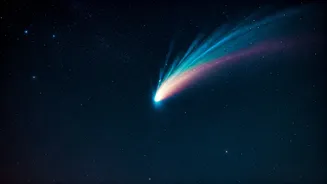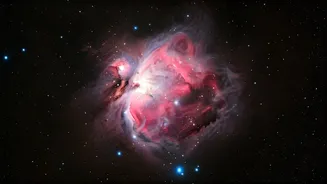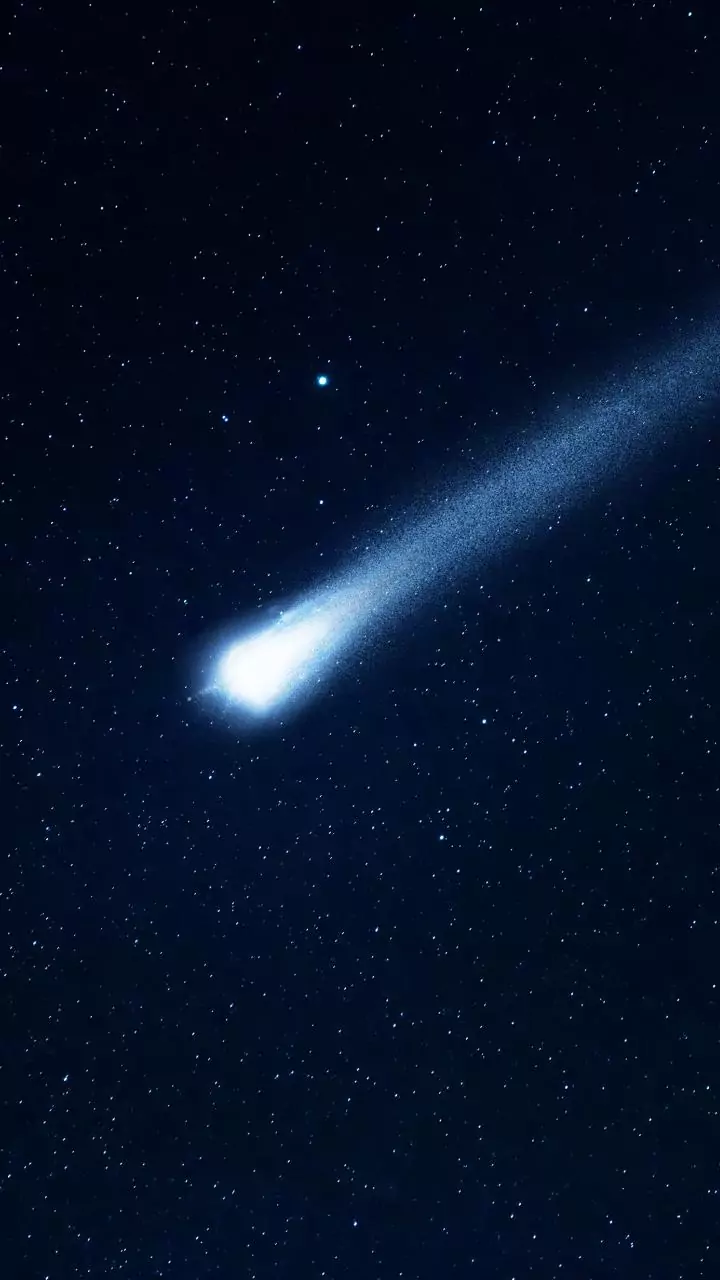Comet Lemmon's Grand Tour
Comet C/2025 A6 (Lemmon), discovered early in the year, is predicted to put on a show in October. It's been rapidly brightening as it heads toward the inner
solar system, and currently, it has an estimated magnitude of approximately +4.3, according to observations from the Crni Vrh Observatory in Slovenia. This suggests that from locations with dark skies, the comet might be visible to the naked eye. Observers can also anticipate Comet Lemmon's path, including its cross with a 'cosmic serpent', adding a mystical element to the celestial display. Furthermore, astrophotographers have already started capturing stunning images of the comet, showing its ghostly tail.
Lemmon's Celestial Encounters
One of the most exciting aspects of Comet Lemmon's appearance in October is its interaction with other celestial bodies. During the night of October 26, the comet will traverse through the constellation Serpens Caput, or 'the cosmic serpent', just before its closest approach to the sun in early November. Skywatchers can watch Comet Lemmon as it will cross paths with this cosmic serpent. Astrophotographers have captured Comet Lemmon with the backdrop of the night sky over England, illustrating the comet's tail. This provides a stunning visual context of its celestial journey. This interaction promises breathtaking views for anyone patient enough to look up.
Other October Sky Sights
While Comet Lemmon will likely be the highlight, October 2025 will have other astronomical events. The autumn sky will greet viewers with the red supergiant star Antares, along with the crescent moon on September 27. Comet C/2025 R2 (SWAN) is also on the radar, with potential to become visible to the unaided eye. Furthermore, the Orionid meteor shower will light up the night sky, and many other targets. These include the James Webb Space Telescope, among other legendary spacecraft, will be in the sky. Observing these phenomena requires no special equipment, but a clear, dark sky significantly enhances the viewing experience.
Viewing Tips and Maps
To fully appreciate October's celestial events, preparation is key. Dark sky locations are ideal for comet and meteor shower viewing. Star charts and night sky maps, are crucial tools for identifying the constellations. Local astronomy clubs and online resources can provide precise timing and viewing directions. Remember to dress warmly, bring a comfortable chair or blanket, and allow your eyes to adjust to the darkness for optimal viewing. Several sources will be available to provide maps to assist in locating these events. October 2025 is promising to be a treat for stargazers, giving chances to marvel at the universe.












